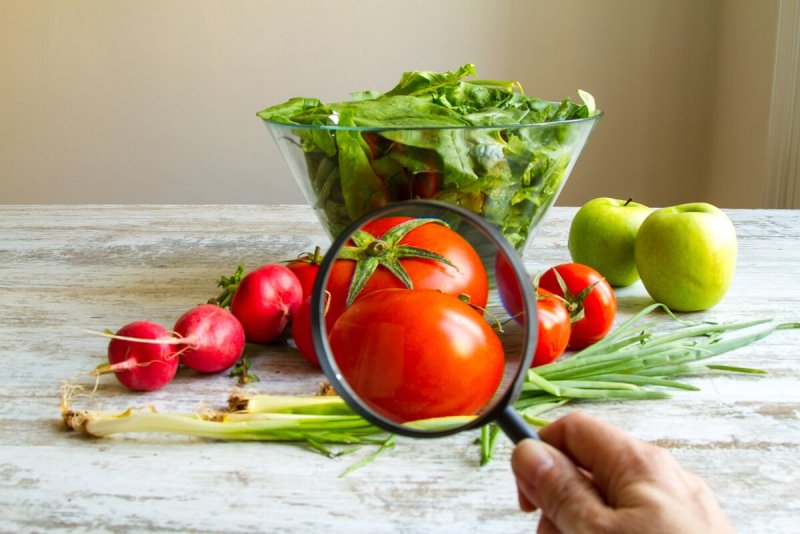Due to my relationship with the world of food, I constantly hear inaccurate comments about GMOs and agricultural pesticides. While these conversations indicate that people are increasingly concerned about what they eat, they also reveal a disturbing level of misinformation.
…
In a time when scientific evidence is easily conquered by feelings, political correctness and ideologies, it is important to generate spaces where ideas can be discussed, and a fluid diffusion of facts and truths occurs. To that end, I’m seeking here to explain the reality of pesticide residues in foods and the highly conservative assessment process used to ensure that they have no harmful effects on human health.
…
It’s essential to use these chemicals prudently to ensure that either no residues occur, or that they are under legal limits. We call this limit the Maximum Residue Limit (MRL).
…
The Codex Alimentarius defines an MRL as … “the highest level of a pesticide residue that is legally tolerated in or on food or feed when pesticides are applied correctly in accordance with Good Agricultural Practice (GAP).”
…
It is important to highlight that this risk assessment contains highly conservative assumptions, which provide several layers of security in terms of ensuring human health.
Editor’s note: Juan Ortúzar is a biologist with an MSc in food sciences who has been working in the Chilean Food Safety Agency since 2012
Read full, original post: Pesticide residues in food: myths and reality































